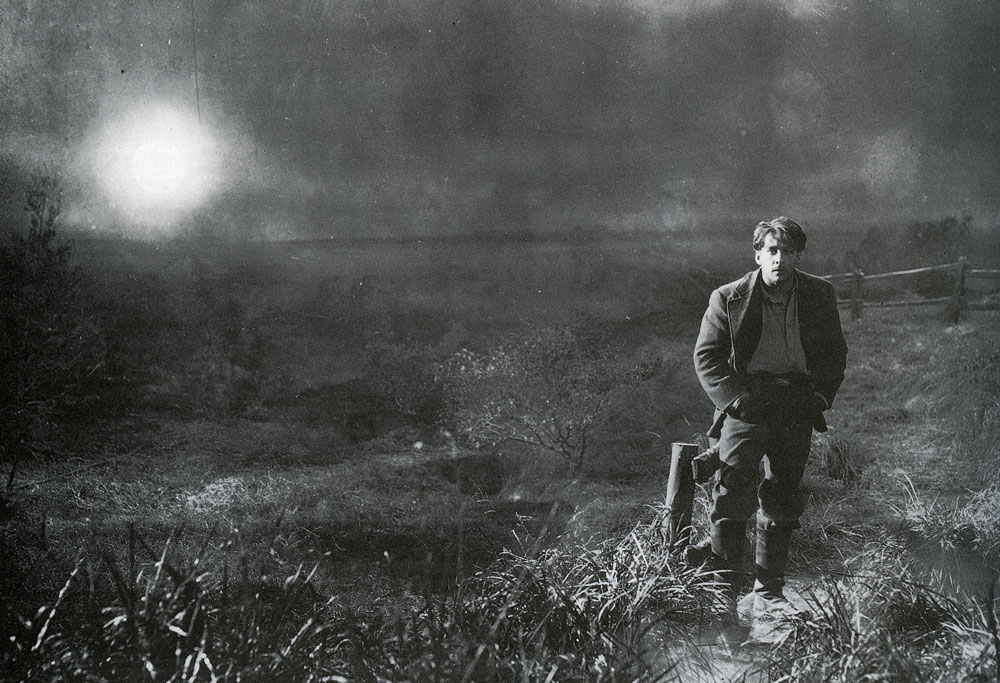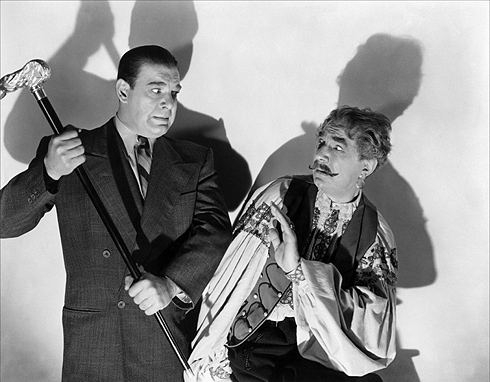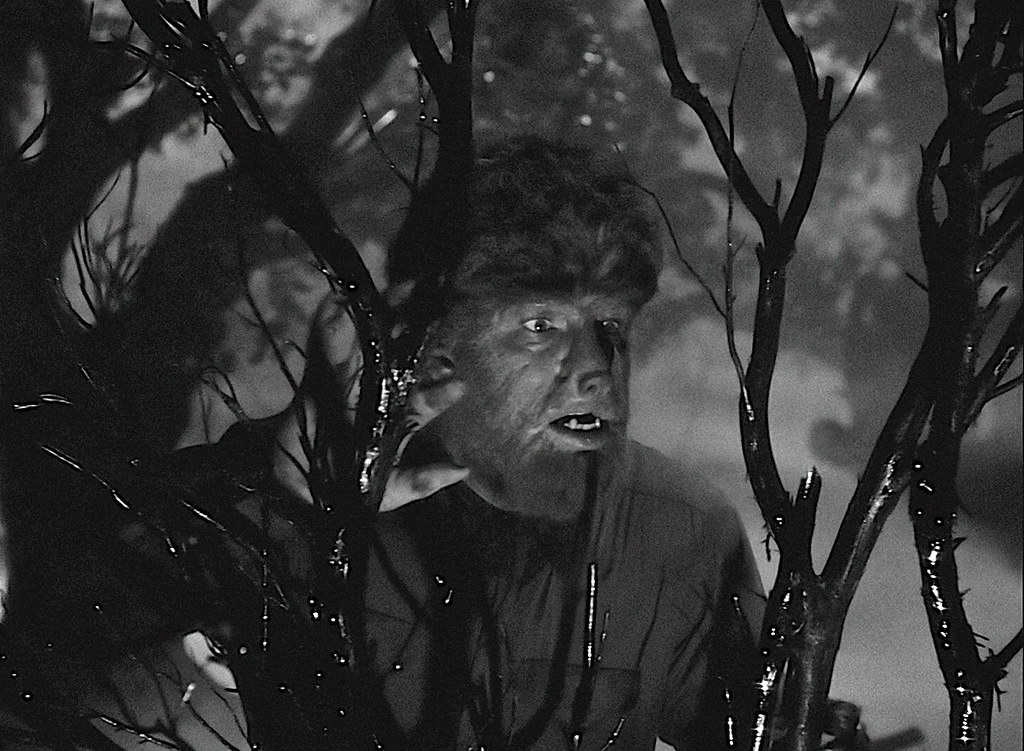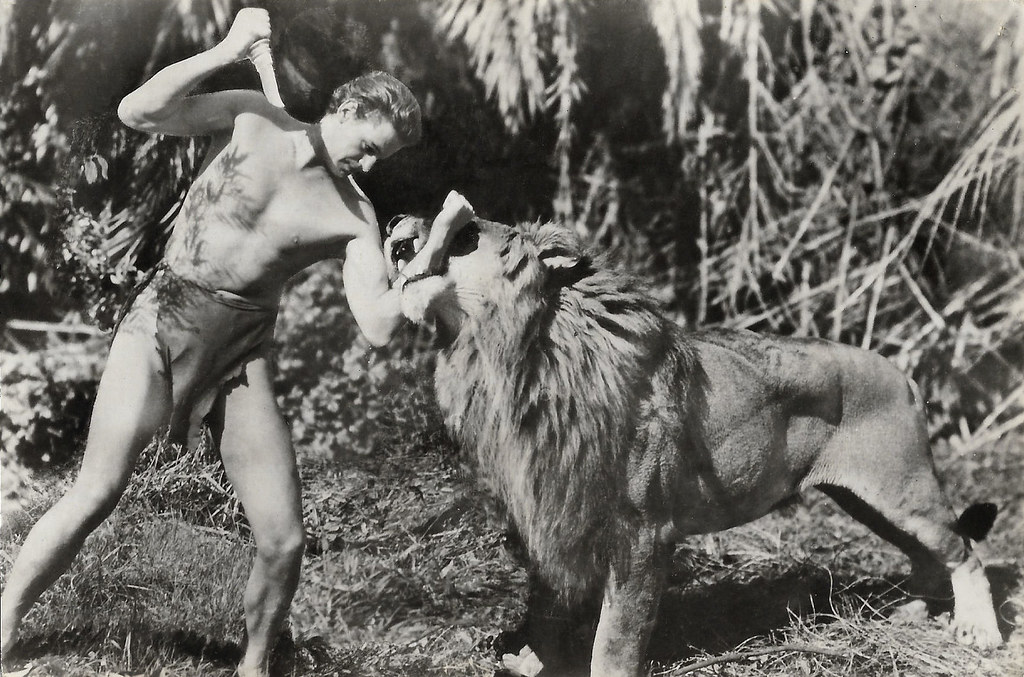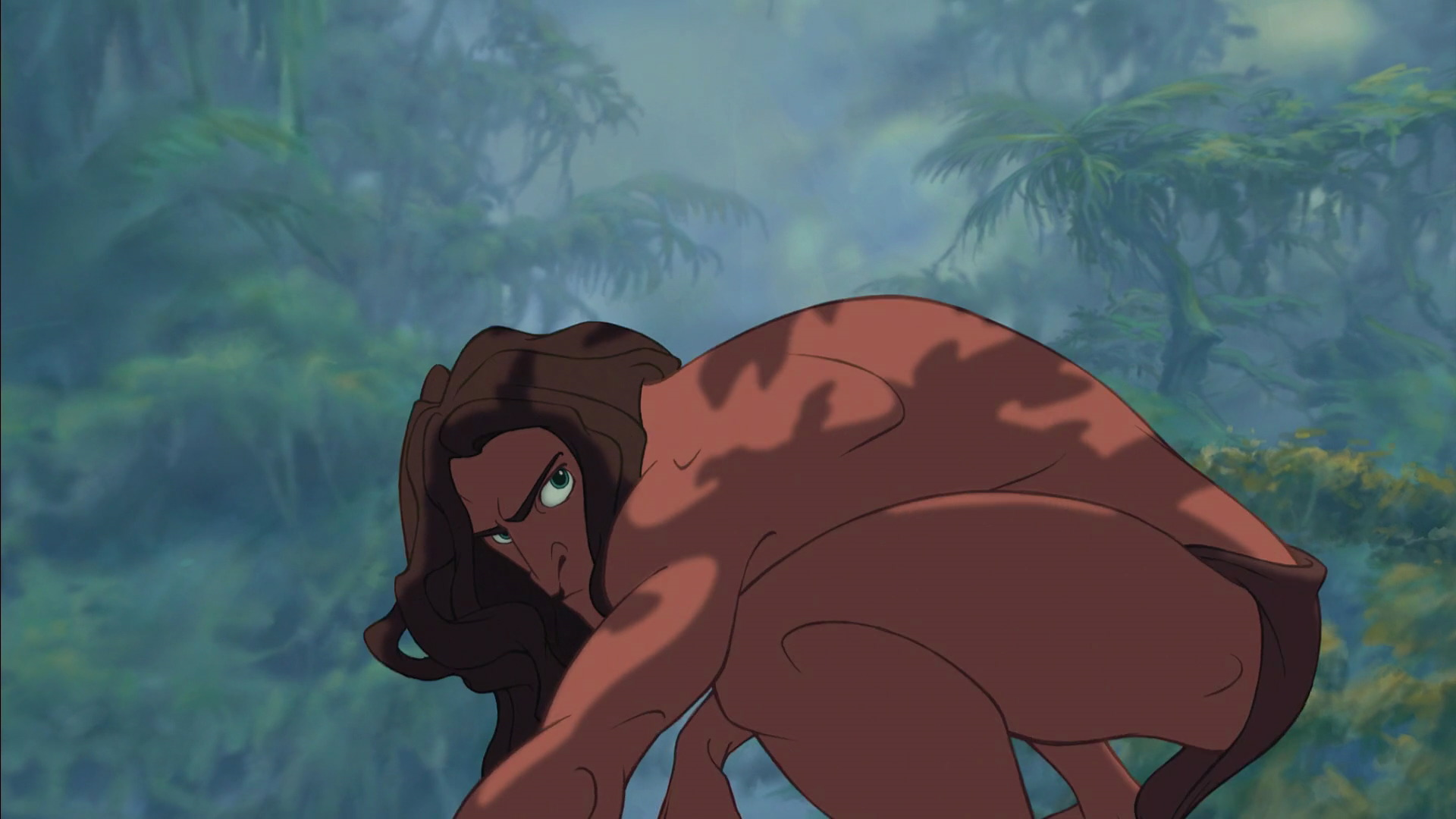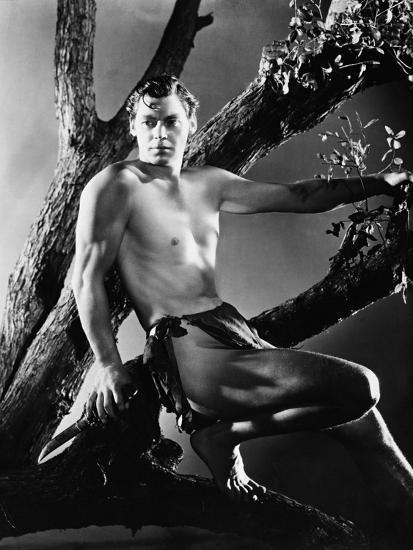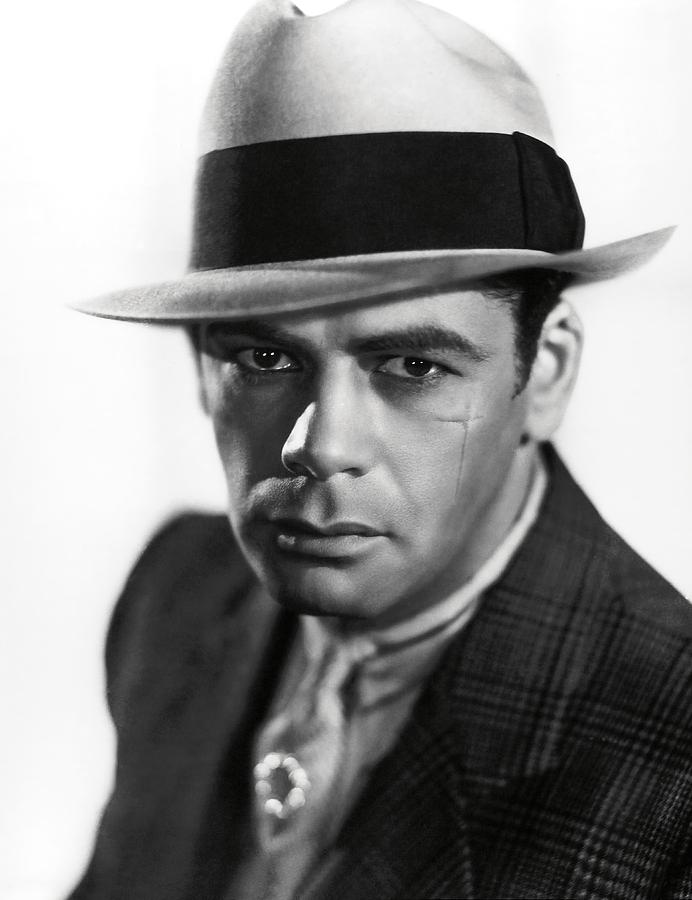When it came to picking to review an adaptation of "A Christmas Carol", I was originally going to review the film starring Alistair Sims since that is the version that many people would consider the ultimate film telling of the story. Just as I was getting ready to start watching it, I remembered the film adaptation that came out in 1938.

Since there were very few full-length film versions of the film with sound prior to it, I have decided to cover the 1938 film first before talking about the film that many would argue to be the best version of the story. As always, there are tons of things to cover when dissecting "A Christmas Carol" adaptation, so let’s jump right into the first part of the story.
EBENEEZER SCROOGE

The actor who was originally set to portray Ebenezer Scrooge
was the late great Lionel Barrymore, who was popular for playing the miserable
miser every holiday season on the radio. Barrymore was committed to playing his
famous radio role on the big screen; however, life had other plans for him.
With arthritis taking a toll on him, he had to step down from the role.
Fortunately, he was still able to help with the film by recommending his friend
Reginald Owen to play the role (who you may know him as Admiral Boom from
"
Mary Poppins"). Barrymore chose not to play Scrooge on the radio
fearing that it would hurt the success of the film, so he decided to promote
the film in the film's trailer. It's a real shame that he couldn't play the
part, because it would have been fantastic to see such a grand actor play this
famous character on the big screen. But I suppose this was something that was
meant to be regarding Barrymore's career. 8 years later he would play a miser
who is much worse than Scrooge, who is non-other than
Mr. Potter from
"
It's a Wonderful Life". I can only believe that if he were to play
Scrooge in the film, and then play Mr. Potter, he would probably be less seen
as one of the great villains in cinema and more as Barrymore in a type casted
role for how similar he is to a famous Christmas character he would have
played, just without redemption.
Now that Owen is in the lead, he in this portion does make
for a good grouchy bitter-old Scrooge. He hits all the right notes when
conducting Scrooge's hatred for Christmas, from his sour face, and commanding
voice (though the scene when he gives Cratchit off for Christmas was too
quickly paced). His interaction with his Nephew Fred (Barry MacKay) and the two
Portly Gentlemen are carried out traditionally well, but his best moments is
how he handles his employee Bob Cratchit (Gene Lockhart). Some of the things he
says to him are so hurtfully demeaning that you can only imagine what kind of
other terrible things that Scrooge says to him to keep his spirits low. For
instance, when Bob Cratchit tells him that he was working a half hour overtime,
Scrooge demands him to "close up" before he "makes something of
himself". Scrooge later on states that he can easily "find a man more
capable" than him, which is something he's clearly told him before. I know
that the versions of Cratchit have had it rough, but my goodness I would be
going into a deep depression if I had to keep on being told I am worthless as I
work in a freezing environment with little pay. It rather amazes me how
Cratchit has to put up with this for so long.
Despite that we know so much about Scrooge's hatred for
Christmas, most of this is portion is focused on Fred and Cratchit. Right from
the very start of the film, rather than seeing Scrooge walking, or the film going
directly to his place of business after looking at the winter scenery in
London, for the first few minutes we follow Fred as he strolls off to see his
Uncle. And through those few minutes we see him slide on the ice with the kids
where he meets Bob's son Tiny Tim (Terry Kilburn), who he places him on his
shoulders as he slides on the ice. It's a nice moment, although it does replace
a moment that Cratchit usually takes part in that just doesn't feel appropriate
to switch him off with another character. Still the dialogue he exchanges with
Tim about how he knows Scrooge, does give some nice build-up to leads nasty
personality for how the kids fear him. The most interesting part about Fred in
this version is unlike most versions when he enters the office with Scrooge
present, he arrives when Scrooge is away with only Cratchit present. Noticing
how Cratchit must be miserable working under these conditions he decides to
spread a little Christmas joy to him, at the cost of breaking a few rules, such
as adding coal to the fire, and taking one of Scrooge's glasses for a sip of
wine he has brought. Though Fred only means well, his interference nearly
causes Cratchit to be fired when Scrooge finally enters the screen. It's not a
bad change of having a character who's always so perfect make a few careless
mistakes for how consumed he is with sharing the joys of Christmas. Sometimes
people in reality do find themselves making foolish decisions based on their
blind love for the holidays without realizing that there could be repercussions
to the people around them, if not just for them self. In terms of performance,
MacKay is a little more grounded compared to other performances of the character. As
most actors almost seem like their phoning in Fred's kind nature, MacKay though
just as upbeat as the other actors who played Fred, seems more dignified. He is
sophisticated, but he still does not shy away from his enthusiasm for
Christmas.
Lockhart isn't a bad Cratchit either. His nervous bumbling
personality for whenever he's around Scrooge does sell that his boss is not a
man to be tried with. You always feel that he's walking on egg shells for how
much he fears his boss, knowing that he could be fired at any time. While capturing
the characters frightened side, he manages to pull off his fun child-like
personality just as well (however, his sudden joy when he sees a goose is kind
of creepy). In an interesting change of events, Cratchit gets
dismissed from his position. Due to his child-like love for Christmas as he's
showing kids how to make a better snowball to get a better hit at their
target, the hat he throws the snowball at belongs to his employer. We all
know in the end he's going to get his job back, however this new idea of
creating tension between Cratchit and Scrooge does seem a little more engaging.
Scrooge this time isn't going to see the present with Bob Cratchit still
working for his business. He is going to be witnessing a Christmas without
having a job to go back to after the holiday, which will no doubt lead to a
grim future because of his action. I don't want to talk too much about it since
there is much more to see, all I'm going to say is this change puts Scrooge in
a more direct position with handling Tim's death than he did in the original story,
which I find to be twice as heartbreaking of a concept.
If you read my review on
the first sound film of the storywith Seymour Hicks in the leading role, I talked about how dreary and
unpleasant most of London looked during Christmas time. I get that it wasn't
the most cheerful environment back where the story takes place, but that
doesn't mean they didn't have to make it not look festive given that it's a fantasy
Christmas story. Well this version certainly improves upon the last adaptation.
Right after the opening credits as we hear a beautiful rendition of "Hark
the Herald", we view the city at night covered in snow that looks as
lovely as a Christmas card, as opposed to feeling ominous to the point where there
is little cheer to be felt. Watching the kids slide on the ice and throw around
snowballs, as people walk the town to shop for tasty Christmas treats sets up
the film's holiday mood on the right track for how festive it is but not to the
point where everything is perfect, (there are kid Christmas Carolers singing
out of key). Appropriately, the only gloomy looking place that we see in the
city is the street where Scrooge works looking as unwelcoming as the very
person who runs it.
MARLEY'S GHOST

The film visually so far looks better than the previous film;
however, there are times when the film can look too pretty, where it loses the
terror that a scene is supposed to have. For instance, before Jacob Marley
appears there is always some kind of tension building-up to his full reveal.
Scrooge's home looks run-down for how empty and covered in cobwebs the
interiors are, as if he's living a haunted house. The music played in the
background sounds otherworldly, as there is a feeling that something is
following Scrooge for how the music would stop when Scrooge stops walking, to
resuming when he does. Just as Scrooge is going to call it day, he goes from
hearing his doorbell ringing to suddenly hearing all kinds of bells ringing
loudly in his ear. The set and sounds are all perfect for this build-up, except
that the lighting is excessively bright. Unlike how most versions use shadows
and little lighting to create a sense of fear for when Marley is to appear,
this version looks as if Scrooge is searching his house with the lights on,
which isn't scary. Perhaps if the pacing was slower and the cinematography
brought a little more weight with the visuals, the lighting wouldn't be as
distracting. But those elements are just as off. The cinematography is very
standard, as the pacing for Scrooge walking through his house moves so fast
that it feels that the film just wants to show Marley as quickly as possible.
The scene when Scrooge sees Marley on his doorknocker hardly takes its time for
it to be creepy. Marley face quickly appears (through a decent effect), and
Scrooge exclaims his name so quickly that he seems annoyed by him being on his
door, than fearing that he's a ghost.
As weak as the build-up is, we at least get to see Marley
on-screen, as opposed to seeing him invisible, making this the first sound
version of the story to have Marley on-screen. The effects for Marley's ghostly appearance along with his make-up are good, but the performance from
Hitchcock actor Leo G. Carroll I would say appears almost as bored as
Ed Asner was with Tim Curry. I say almost because his supernatural voice is creepy, his cold-stare is
chilling, and when showing regret for his actions when he was alive does feel
melancholy. But for the most part, unlike how most portrayals of Marley's ghost
are either intimidating for how aggressive he is towards Scrooge, constantly in
agonizing pain, or both, Carroll doesn't seem to be giving much in his performance.
He for the most part carries no emotion when helping his former partner from
the terrible fate he suffers, who doesn't change his tone or expressions. Even
his moaning from this endless pain sounds non-nonchalant. Scrooge at one point
shuts him up because of it, when Marley should be the one who is overpowering him.
Owen's frighten delivery doesn't help much either for how rehearsed it sounds.
And just so the film can throw something new for the sake of it, the scene
stops dead in its tracks when Scrooge summons the authorities in to arrest
Marley, only for them to laugh at Scrooge since they can't see him.
GHOST OF CHRISTMAS PAST

In the previous sound film, we saw nothing of the Ghost of
Christmas Past. There was a silhouette of the spirit taking the form of a man
in its first reveal, but after that, it was just a blurry light. Well this
version doesn't make the same mistake again, it makes a new one. Playing the
ghost is Ann Rutherford, who does a fine job of capturing the spirit's humble
personality. It's just unlike how Marley appeared ghostly, the ghost's
appearance is pretty underwhelming. Apart from how she and Scrooge fly, there
are no special effects supporting the fact that she is a spirit. Not to say
that special effects that involve us seeing through them is always needed. But
it looks like Rutherford's doing a local live stage show as opposed to a
theatrical film since her costume looks like something that would be worn at a
Christmas pageant. I am just always aware that someone in a tacky costume is
playing the ghost, which is very distracting considering how nice everyone else
looks in the film.
If you once again remember my review on the first sound
version of the story, I expressed great disappointment that the film skipped
many details involving Scrooge's past. Here, we see Scrooge's humble beginnings before
he turned into a miser, starting with his childhood. Owen's portrayal of
Scrooge's loving nostalgia when visiting the past feels very warm for how
pleasantly excited and sentimental he is. At times, it gets a little too
exaggerated but you still feel the sweetness in his performance. The whole
childhood sequence takes place at the schoolhouse where young Scrooge stays
during Christmas at the demand of his Father, until his little sister Fan tells
him that the plans have changed. The scene visually showing young Scrooge's
isolation after seeing everyone leaving is handled effectively for how empty
and downbeat the school appears with Scrooge walking alone to suddenly crying
after behaving as if he is fine with it before his friends leave. The downside
is the kid playing Scrooge is very off with his delivery, who gives a awkward
performance. To be fair, it's not just him because the other kids he talks to
are as wooden as him. That is with the exception of Fan, who is a little over
the top cutesy, but since that is usually Fan's personality; I can't say that
it's out of place.
The first sound actor to portray Fezziwig is Forrester Harvey
who has previously appeared in small roles in horror classics such as "The
Invisible Man" and "Frankenstein". His portrayal of Fezziwig
stays true to the character's jolly fun loving personality. Adding to the sweetness
of Scrooge's visit to this part of his past is we're watching Fezziwig interact
with Scrooge when he's still a teen as opposed to a young adult. It is just
very heartwarming to see a kid who has had a miserable childhood regain some of
it as he is still growing-up with a boss who treats him like family instead of
a regular employee. The scene is then followed by a great scene of Scrooge
expressing his conflicts to the spirit of being a good boss and a cold
businessman.
Fezziwig's Christmas party is not shown in this version,
which isn't as much of loss when compared to what happens next. The ghost
informs Scrooge that she is about to show him the black years of his life when he
descended into the selfish businessman he has become. Scrooge grows terrified
for what he's about to see wishing for the spirit not to show him that part of
his past. When it doesn't seem that she will listen, Scrooge covers the ghost's
head with her cloak, and finds himself waking up holding a pillow in his grasp.
This is just as stupid as cutting out Scrooge's childhood! This is the point of
the story where Scrooge must reflect on what has happened to him in the past
both good and bad, before thinking about what he can do in the present to
assure himself a better path than the one that is leading him. And the fact
that the film decides to jump passed the times in his life that have changed
him for the worst (after giving such intense build-up to it mind you) is an
absolute disgrace! It doesn't matter how well people the know the story,
Scrooge gaining love and losing it from greed is an essential part of the story
that should never ever be left out!
GHOST OF CHRISTMAS PRESENT

An example of a ghost that can still appear as unusual
without the need of effects to see through them is the Ghost of Christmas
Present. From his costume design, to his make-up, you look at him and you'd buy
that he's not a man from this world in the same way one would view Santa Claus.
Beyond that, Lionel Braham sells this role. Unlike how the first sound actor
playing the character was giving half a performance, Braham fully
embraces the role! The amount of energy and passion he brings to this
performance feels just as big and grand as the character is written. I barely
see an actor hamming it up. I only see the character. An interesting new
feature that the ghost wields is a magic horn that sprinkle magic to give sour
people on the holiday Christmas joy. The idea is cool. It fits the character's
gleeful personality and it is delightful seeing Scrooge willing aid the spirit
after finding himself amazed by it. But ignoring how obvious that there's a
flashlight underneath this festive looking prop when he uses it, this idea does
indeed lead to a ton of questions. Why can’t the ghost make Scrooge happy with
his magic? If he has tried it on him what prevents the powers from working? What are the lengths that these powers go too? Is the Christmas cheer that
it brings mostly comes from brainwashing people's minds? But oh details,
details, details. I guess if we can overlook the details involving Santa, I
think we can tolerate a magical horn that brings good feelings.
Before Scrooge visits the homes of Bob and Fred, there's a
scene where he watches them all singing together in a church, to then sliding
on frozen ice in front of the church. There are some nice moments here, like
how Scrooge acknowledges the love between Fred and his fiancé Bess (Lynne
Carver) when they sing together, only for the spirit to challenge scrooge's
emotions by reminding him of what he said about love earlier. It's a nice scene,
though it isn't as effective as it should be with Scrooge's relationship with
Belle being cut. Shortly after, Fred tries to convince Bess to slide on the ice
with him, though a bit corny, it's still cute to see the two interacting
outside of the scene when Fred hosts his Christmas party. Moreover, the party
scene that's shown before Scrooge meets the Ghost of Christmas Yet to Come is
handled well, as they toast to pity Scrooge and play a game involving a
blindfold. The real highlight of the scene is Scrooge's delight to watching all
of this just as the ghost is about to leave telling him he is a fool for loving
Christmas, which Scrooge fully denies. Owen sounds authentic when he wants to stay,
and his love and excitement for the holiday is joyful. The only thing odd is
his laughter coming off as more sinister than it is out of pure love.
Going back to the church scene, as much as I would expect
Bob and Tim to be there, it does feel a little early for Scrooge to feel sorry
for the boy without really getting a feel of his personality. Don't get me
wrong, I'd pity any child I'd see living in a terrible condition. Yet for
someone as sour as Scrooge is, he is not the kind of man will instantly look at a
kid and feel bad for him or her. It takes Scrooge to see what a sweet and
genuine child Tiny Tim is before appearing concerned, which we see neither before
this change in his character. The scene at the Cratchit's home is played as
happily as one would expect (with the exception of Tim awkwardly wanting to stroke
the turkey), but even there are a few alterations that are not needed. Earlier
in the film, we already meet Cratchit's family when he brings home the food,
thus taking away the emotions we are supposed to have with Scrooge when he sees
that Bob has a family and loves spending time with them since we already get a
scene showing it just without him. The family themselves don't appear to be
doing bad financially either. I don't know what Bob does with the little he
makes from his job, but it seems he's living better than most versions of the
character given how nice his home is. The added subplot of Bob being sacked
does come back when he tells his oldest daughter about it, who only feels worse
about telling her knowing that the family finding out won't be make him feel
any better. And instead of Bob toasting Scrooge's health, it's his wife
(Kathleen Lockhart) who proposes it as Bob stands there looking uncomfortable.
This reverse in the role does seem appropriate. It would seem out of character
if Bob defended Scrooge if his Wife protests against it after being fired. And
as we're enjoying this nice Christmas dinner, I do like it has a bit of an edge
that Bob's family will soon be evicted from his house that will lead to Tiny
Tim's demise. As questionable as how they live may seem, Scrooge firing
Cratchit does make-up for it now that they have no source of income.
THE GHOST OF CHRISTMAS YET-TO-COME

Transitioning to the appearance of the Ghost of Christmas
Yet-to-Come, we watch the events that we saw from the past and present appear in
front of Scrooge's mind as he sleeps. Scrooge still laughing with joy (then why
show him sleeping if he's not going to wake up) stops when he finds himself up
on a mountain near sprawl trees as the Ghost slowly walks towards him. The
atmosphere for this scene is appropriately gothic for having a set resembling
something you'd see from a German Expressionism film, that's carried by eerie
sound effects and an unsettling score to make it feel foreboding. It would be
perfect if it didn't look so bright because shadows and darkness don't play a
big factor with setting the mood. The only dark image is the Ghost itself who
this time is a person in a costume as opposed to being a shadow on the wall. There
is not too much to say about the Ghost's presence or design since it sticks to
its traditional grim reaper design as it says nothing and just points the way.
As usual, Scrooge is taken to see a couple of businessmen
discussing about his demise showing no sympathy. Like I can say for many of the
other versions of the scene, its acted well as it follows the material
faithfully. The only amusing change is when one of the men is disappointed that
he wasn't left with anything making him realize that Scrooge was never his
friend after the many conversations they would share together. It's a pity we
never see a scene showing it prior to what's revealed, but then again in most
versions, Scrooge is not usually seen chatting with any of them. Scrooge is
then shown a dead body that it is hidden underneath the covers of the bed that
it lies on. The scene only happens briefly with little to no thrill with
playing on Scrooge's fear of who is underneath the sheets (unknown that he is
dead in the future due to his name never being mentioned). Owen's reactions to
this are off too as he at first feels shaky to then acting unfazed by it.
So with Bob out of the job while dealing with the loss of Tiny Tim, how is
he and his family surviving? Are they in a workhouse, out on the street,
gathering in Church, living in a small shack? For the film giving Bob a fear of
his future without any work and how he'll family will respond to it, surely
this will greatly ruin his future. Actually, apart from Tim dying, he seems to
be fine financially. He's somehow still living in the same fancy home and
nowhere in the scene is there a mention of how his family felt about him losing
his job. The scene itself is still incredibly depressing from the performances
of Gene Lockhart and Reginald Owen. I only wish the film would follow-up on Bob
Cratchit's added subplot of losing his support for his family. This could have
been an interesting new take on Bob's future, and the fact that it builds-up to
nothing is as infuriatingly disappointing as not seeing the dark years of
Scrooge's past.
Scrooge learns that his future self is dead when he's taken
to the cemetery where his grave is. Once again, the set fits the grim
depressing tone that we're supposed to feel for Scrooge as he enters, but it
forgot to be dark because of the inappropriate use of lighting. It's not as
bright as when Scrooge first met the ghost, however there are still rays of
bright light shining through almost as if the light of heavens are above him. I
guess it is supposed to symbolize his chance for redemption in this land of
darkness, however since it has been used before Scrooge approaches his grave it
looks out of place. Scrooge pleading to the spirit that he will change does overcome
the lack of darkness that's supposed to be present. Owen isn't only portraying
Scrooge as sad and fearful in this scene, he gives him some dignity as he
promises the spirit that he will honor Christmas. The way he delivers his
promise backed up with patriotic music comes across that he is proud to pledge
his honor to Christmas. Yet while being prideful he is still vulnerable by
coming across as shaky and distressed of if he still has a chance to set things
right.
CHRISTMAS DAY

The Christmas day portion of the film showing Scrooge's
redemption is handled as sweet and heartwarming as one would love to see. Owen
gives a lively and sentimental performance when portraying a reformed Scrooge.
His interactions with the boy on the street, the Portly Gentlemen and Fred are
nice gentle scenes with a little bit of humor that are exchanged extremely well
by each actor. The best part of the sequence is the last scene. If you remember
in the end of the Seymour Hicks film, Scrooge is never shown to be bonding with
Cratchit's family or Tiny Tim. It just ends with him and Bob singing in church
together. In this version, we get our first sound portrayal of Scrooge visiting
the Cratchit household, only this is played a little more with laughs. When
Scrooge drops by, he does not pretend to be his old-self, he enters with
excitement carrying goodies scaring Bob and his wife. As they're in another
room discussing Scrooge's odd behavior, they hear the sound of their children
screaming thinking their being hurt, only for Bob to discover that they're
playing with a beautiful toy carousel that Scrooge brought. As funny the scene
it is, it does not lose track of the emotional connection that we are supposed
to have from it. The film ends on a perfect note with everyone raising a glass
(including Fred and Bess), Tiny Tim saying the most iconic Christmas quote of
all time, and hearing the song "Silent Night" to close-out the film.
OVERALL THOUGHTS
The film is an improvement over the Seymour Hicks film, but
it's just as hit and miss. The use of bright lights is overused. As great as it
is to see the ghosts, the first two are disappointing from either an acting standpoint,
or not looking the role. The added subplot of Bob Cratchit being sacked is
incredibly pointless. And the removal of the dark years in Scrooge's past are
unforgivable. With that said, the film is more visually pleasing than the
previous one. Reginald Owen aside from a few awkward moments is a great fit for
Scrooge. Most of the casting is spot-on! And plenty of the new scenes and ideas
are nice little touches to get you into the Christmas spirit as Scrooge is.
Neither one of the first two sound films are one of the best versions to offer.
Nevertheless, this one hits a little closer to home than the first one. Let me
put it this way. I will most likely be re-watching the 1938 film more times
before choosing to sit in near total darkness seeing almost nothing with
Seymour Hicks.
HAVE A MERRY CHRISTMAS AND A THIRD HAPPY NIGHT OF CHANUKAH!!

